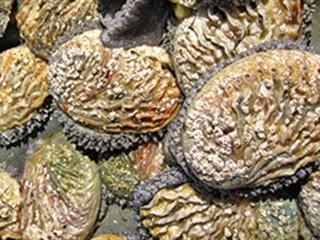
Louise Jansen, executive director at HIK Abalone Farm in Hermanus, in the Western Cape, said that the past two decades had seen a phenomenal leap in the amount of cultured abalone product entering the markets, particularly those in Asia. In SA, abalone production has reached approximately 1 200t, making this country one of the biggest producers of abalone outside of Asia. “Most farms are expanding production and the industry is set to grow to at least 5 000t in the next 10 years,” said Jansen.
Rudi van Niekerk, an investment advisor at Agri-Vie, the sub-Saharan private equity fund investing in food and agribusiness, and a principal shareholder in HIK Abalone Farms, said abalone farming in SA also played an important role in protecting the species by alleviating the pressure on global natural fish resources.
Increasingly important
With natural fish resources in decline, aquaculture is increasingly becoming one of the most important providers of protein to the rapidly increasing population, said Van Niekerk. “Our vision is to expand aquaculture activities in a way that creates jobs, relieves pressure on natural fish resources, contributes to food security and is profitable in order to be sustainable,” he said. Jansen said estimates suggest that, through illegal poaching, some populations of wild abalone were being obliterated at a rapid pace.
Preventing extinction
“It takes between four to five years before abalone reaches commercial sizes, and because no size uniformity for stocks is enforced, harvested abalone that has not yet reached sexual maturity creates a situation where an ever-widening generation gap develops,” said Jansen. “The inevitable result is that wild South African abalone will be extinct within the next few years. “Land-based pump-ashore aquaculture farms were established to meet demand and to prevent the species from extinction,” said Jansen.









